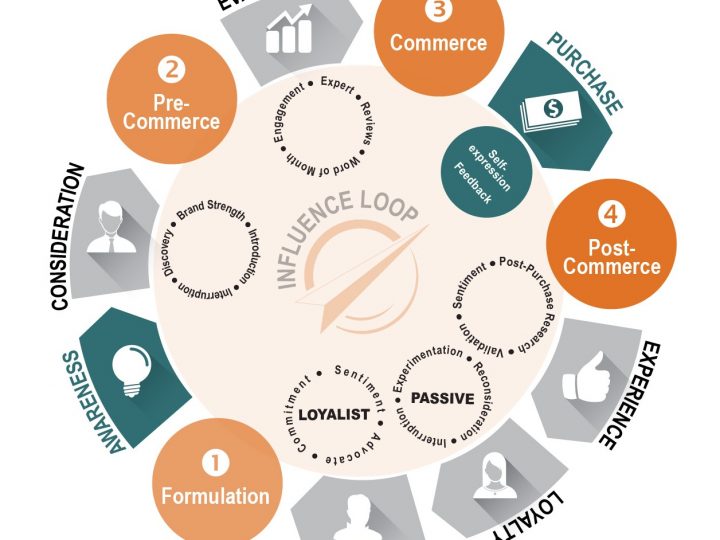

A little while back, I had lunch with a couple of communication executives, each working for a different national association. One was a client. The reason for the lunch was to introduce me to the non-client and provide some insight into a PR issue they were having. Their issue concerned a lobby group that was spreading some mis-truths. The association wanted to come out heavy and refute the erroneous claims, which is an understandable reaction, but one that could well fan the flames and create a much bigger fire.
Over lunch we designed a content strategy that would not directly address the lobby group or its claims, but would produce matter-of-fact and positive messaging that presented the correct story in a substantiated and substantive fashion. We used blogs, FAQ, email campaigns, videos, social media content and paid advertising (print and online). Within six months it was a non-issue and the awareness and potency of the association had risen significantly.
My take-away from this (other than a paid contract and a happy client) was bewilderment. I was surprised that an association wouldn’t have some contingency, or risk-management as part of its strategic marketing plan. As it turns out, this association didn’t really have a structured plan at all, and as a result it lacked the guidance it deserved. Such oversight may be more evident during an urgent situation, but any organization requires a roadmap to realize its goals. And especially associations, which typically have more stakeholders to take into consideration.
We’ve done work with many associations over the past 25 years, and in the current digitally social age, the need for a comprehensive marketing plan has never been greater. So it’s surprising to realize that many organizations are trying to navigate without one. Some of the critical components incorporated into a successful strategic marketing plan are:
1. Goals, mission and vision of the organization
Not simply listing them. Your plan should outline how it will help the organization realize its goals, mission and vision.
2. Interests of all stakeholders
First of all, acknowledge all of your stakeholders: clients/members (which may be further segmented), Boards, industry, targeted audience, public-at-large, government, etc. Then list their needs and how your plan addresses them.
3. Branding considerations
Realize that branding goes well beyond your visual identity and official communications. Branding should be considered for every touchpoint with your stakeholders and supported in a cohesive manner.
4. Incorporation of all media
You’re well aware of the influence of social media and that broadcast media alone are no longer sufficient to effectively communicate with your stakeholders. Are specific social media highlighted and incorporated in a meaningful way in your strategic plan?
5. Realistic risks
Sh!* happens, the best plans are not going to totally insulate your organization from potential harm. However, a good plan will greatly reduce the chance of problems and a great plan will include measures to quickly and efficiently deal with the situation. Obviously you can’t anticipate every and any mishap that may present itself, but a step-by-step plan on what to do when a staff or member gets into hot water with a social media post will allow your team to react immediately and decisively; mitigating the potential harm.
A strategic marketing plan should never be a dry organization document that is done out of obligation and then ignored. It is a crucial guide to help your organization grow with structure and sustain its potency. They are a lot of work to create, and require ongoing reference and review, but they pay off in building strong organizations.
What else do you feel a strategic marketing plan should incorporate?









